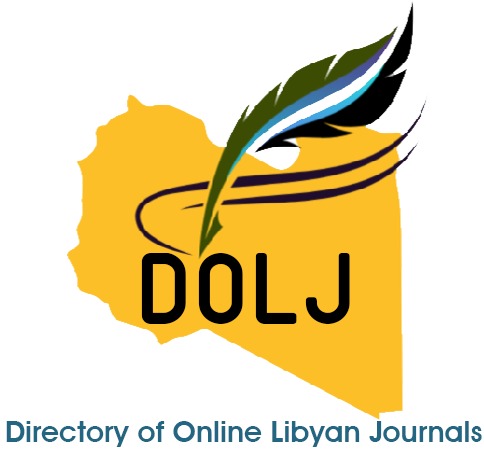Evaluation of Risk Factors for Recurrent Wheezing Episodes in Children After 3 Months of Age
Abstract
Recurrent wheezing is a common clinical problem in children and a common cause of emergency de-partment visits and hospitalization. The aim of this study was to investigate the characteristics and risk factors of recurrent wheezing in children admitted to Misurata medical center. A cross-sectional study was conducted on 115 patients older than 3 months admitted to the pediatric department in Misurata medical center who presented with recurrent attacks of wheezing during 1 year period from 1/1/2022 to 31/12/2022. The study included 115 patients, of those, 71 (62%) males and 44 (38%) females. The average age of was 2 years (SD 2.7 years). The first attack of asthma occurred at the age of 6 months in most cases (58%). URTI was the most common risk factor (80%), followed by a family history of bronchial asthma (60%), introduction of cow's milk before 3 months (60%), and family history of al-lergic rhinitis (55.6%). While allergy to cow's milk was the least frequent risk factor (6.95%). The most significant risk factors for recurrent wheezing episodes in children are wheezing at a younger age (early-life factor), male sex, a history of URTI particularly during the first 3 months of life, is a major risk factor, family history of atopy and cow’s milk introduction before 3 months.
الصفير المتكرر هو مشكلة سريرية شائعة عند الأطفال وسبب شائع لزيارة قسم الطوارئ والاستشفاء. هدفت هذه الدراسة إلى التحقيق في خصائص وعوامل خطر الصفير المتكرر عند الأطفال الذين تم إدخالهم إلى مركز مصراتة الطبي. أجريت دراسة مقطعية على 115 مريضًا أكبر من 3 أشهر تم إدخالهم إلى قسم الأطفال في مركز مصراتة الطبي والذين قدموا بنوبات صفير متكررة خلال فترة عام واحد من 1/1/2022 إلى 31/12/2022. شملت الدراسة 115 مريضًا، منهم 71 (62٪) من الذكور و 44 (38٪) من الإناث. كان متوسط العمر سنتين (الانحراف المعياري 2.7 سنة). حدثت أول نوبة ربو في سن 6 أشهر في معظم الحالات (58٪). كانت التهابات الجهاز التنفسي العلوي هي عامل الخطر الأكثر شيوعًا (80٪)، تليها التاريخ العائلي للإصابة بالربو القصبي (60٪)، وإدخال حليب البقر قبل 3 أشهر (60٪)، والتاريخ العائلي للإصابة بالتهاب الأنف التحسسي (55.6٪). في حين كانت الحساسية تجاه حليب البقر هي عامل الخطر الأقل شيوعًا (6.95٪). أهم عوامل الخطر لنوبات الصفير المتكررة عند الأطفال هي الصفير في سن أصغر (عامل الحياة المبكرة)، والجنس الذكري، وتاريخ الإصابة بالتهابات الجهاز التنفسي العلوي خاصة خلال الأشهر الثلاثة الأولى من العمر، وهو عامل خطر رئيسي، والتاريخ العائلي للإصابة بالحساسية، وإدخال حليب البقر قبل 3 أشهر











